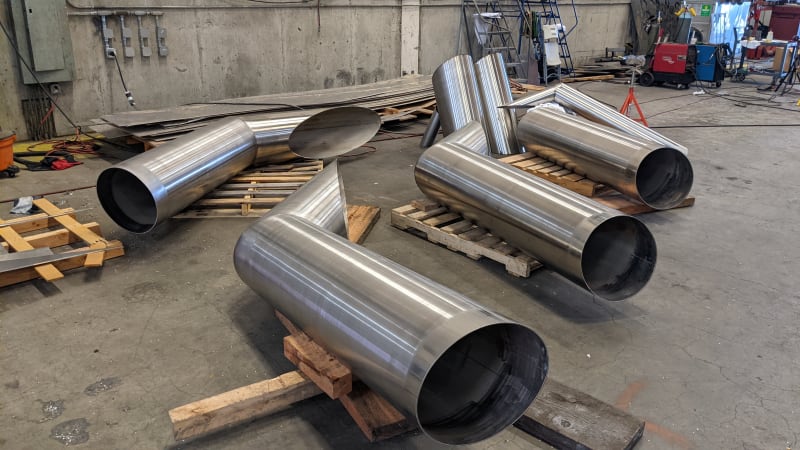Inkwizitve
Specifier/Regulator
- Nov 15, 2021
- 3
Hello Wise people,
I'm led to believe that 316 grade steel liner is as effective in terms of longevity for use as a chimney on a wood burning appliance as a 904 grade steel - when used with wood only. Conversely 904 grade steel is more suited when burning mineral fuels as it has a higher chromium content and is therefore more resistant to corrosion from the gasses / condensate that mineral fuels produce.
keen to hear your views
I'm led to believe that 316 grade steel liner is as effective in terms of longevity for use as a chimney on a wood burning appliance as a 904 grade steel - when used with wood only. Conversely 904 grade steel is more suited when burning mineral fuels as it has a higher chromium content and is therefore more resistant to corrosion from the gasses / condensate that mineral fuels produce.
keen to hear your views

